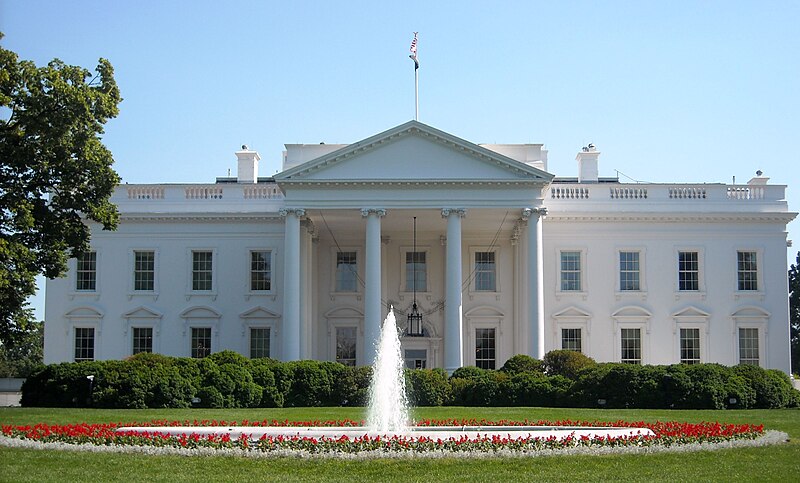
With the U.S. presidential election less than two weeks away, national polls show a tightly contested race. As of Wednesday morning, Vice President Kamala Harris holds 49 percent of the vote,
while former President Donald Trump stands at 47 percent. The narrow margin between the two candidates means the election’s outcome remains uncertain, with key swing states likely to determine the next president.
In the U.S., presidential elections are not decided by the national popular vote but through the Electoral College, where voters in each state choose electors who then vote for the president. Each state is allocated a number of electors based on its population, totaling 538 nationwide. To win the presidency, a candidate needs at least 270 electoral votes. Most states operate under a winner-takes-all system, awarding all their electoral votes to the candidate with the most votes in that state.
The Path to the White House
This year, the election is expected to hinge on seven battleground states. Known as the "Blue Wall," Michigan, Pennsylvania, and Wisconsin typically lean Democratic, while Nevada, Arizona, Georgia, and North Carolina are toss-ups, meaning they could go to either party. For Trump, winning one or more Blue Wall states is critical, while Harris must secure a combination of Pennsylvania, North Carolina, or Georgia to clinch victory.
Harris's clearest route to the presidency involves winning Wisconsin, Michigan, and Pennsylvania, along with one congressional district in Nebraska, which splits its electoral votes. If she carries these areas, she would reach exactly 270 electoral votes without needing to win any southern toss-up states.
Trump’s campaign is heavily focused on the Blue Wall states, investing significant resources in Michigan, Pennsylvania, and Wisconsin. If he sweeps these states, he would also reach 270 electoral votes without relying on the more uncertain southern states.
Presidential Platforms
This election revolves around key issues such as inflation, immigration, abortion rights, and foreign policy. While the U.S. political system differs from Europe’s, where parties often issue detailed manifestos, American candidates tend to offer broader policy outlines. Harris has focused on creating an “opportunity economy” to support the middle class and has been outspoken in her defense of reproductive rights. Trump, meanwhile, is emphasizing a populist economic platform aimed at protecting U.S. manufacturing jobs and securing borders.
Impact on Europe
Foreign policy remains a key point of divergence between the two candidates, particularly in relation to Europe. Trump’s previous administration was marked by an "America First" agenda, which led to tensions with European allies. His presidency saw strained relations over trade, defense spending, and multilateral agreements. Trump was highly critical of NATO members for not meeting defense spending targets and viewed the European Union’s trade policies as detrimental to U.S. interests. If re-elected, Trump is likely to continue this transactional approach, reducing U.S. engagement in international agreements and focusing on American economic priorities.
Harris, on the other hand, is expected to adopt a more collaborative foreign policy approach. She has supported strengthening U.S. alliances with European nations and maintaining a strong commitment to NATO. Harris advocates for multilateral solutions to global challenges, including climate change and international security, and is likely to seek closer cooperation with Europe if elected. Photo by AgnosticPreachersKid, Wikimedia commons.








































